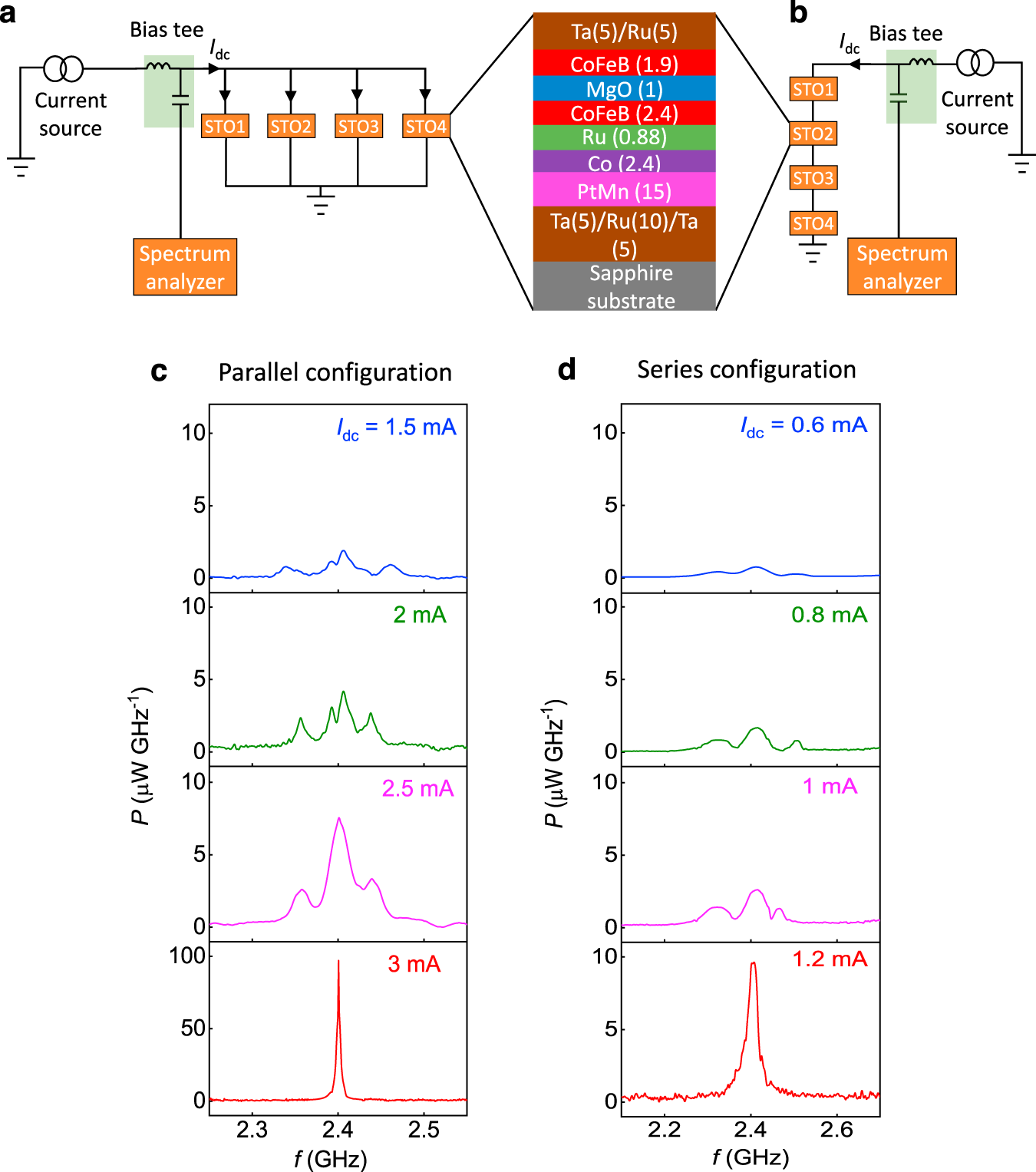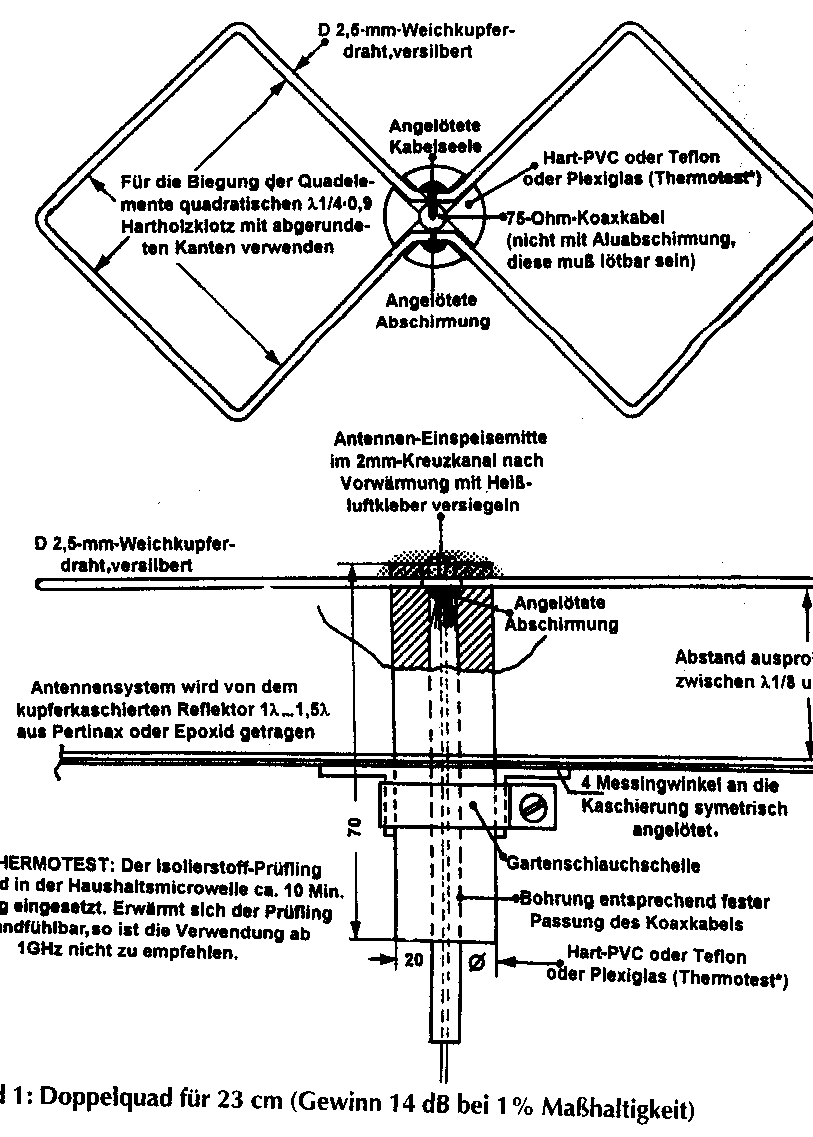

Regular wooden walls cause some signal loss, but not a great deal, as you can see in Wi-Fi Signal Loss by Building Material. See also: Wi-Fi Signal Loss by Building Material. Wi-Fi signals are most weakened by having to go through thick walls, especially reinforced concrete. Concrete and Masonry Wallsĭifferent building materials block wireless signals to very different degrees. The solution we recommend to ensure coverage in such cases is a mesh network of several wireless access points that can work their way around the obstacles. Building materials in the home are harder to address, however. Some obstacles are simple to remove, and in some cases you may be able to move the access point away from the obstacles.

With shorter range, equipment on the 5 GHz band is more dependent on the having a clear line of sight between the wireless access point/router and the clients devices and computers connecting to the network. Therefore, it does not take much of a leak for the 2.4 GHz band in the area to become unusable.


Old devices and computers in particular will need several seconds to reconnect if the access point changes to a different channel.
#What is 2.4 ghz wifi Bluetooth
Worst case, your Wi-Fi access point will automatically change the channel to avoid the interference – a misguided strategy, as Bluetooth will hop through all the channels that are used for Wi-Fi anyway, and this may cause you to lose more Wi-Fi traffic. As it jumps so often, actual impact on Wi-Fi will be highly variable, making such scenarios rather hard to troubleshoot. When equipment that uses Bluetooth, jumps into the frequency range of equipment that uses Wi-Fi, it can therefore ruin some of the Wi-Fi traffic and create delays. Bluetooth uses a technology called frequency hopping, which means it skips around the 2.4 GHz band, up to 1600 times per second(!) Wireless devices such as headsets, keyboards, and mice can interfere with the Wi-Fi signals. If you need to have logins for the wireless network with different access levels, we recommend setting up a guest network with its own network name (SSID) on the same router or access point as the primary network. If you have multiple wireless networks in your home that are set up on different pieces of equipment – this can be even more disruptive than your neighbor's network. Separate Wireless Networks in Your Own Home
#What is 2.4 ghz wifi how to
How to find good Wi-Fi channels and bad neighborsĢ.For equipment on the 2.4 GHz band, neighboring networks are the single largest source of interference on the wireless network. When many networks are located closely together, for example in apartment buildings, this will affect the wireless capacity.


 0 kommentar(er)
0 kommentar(er)
